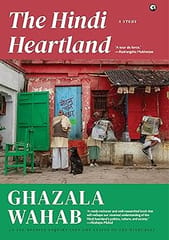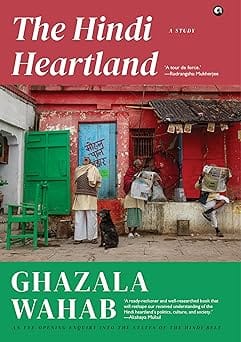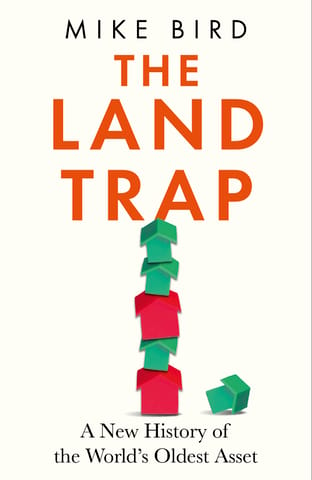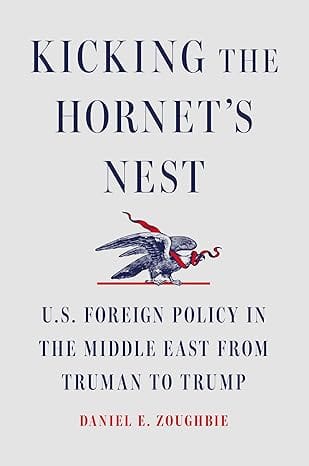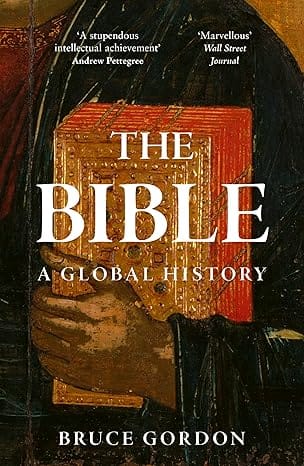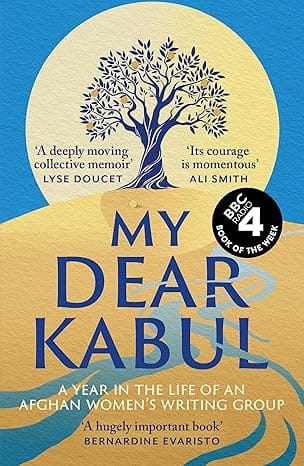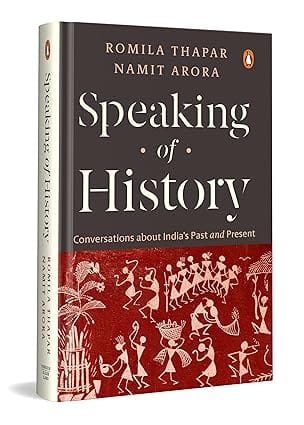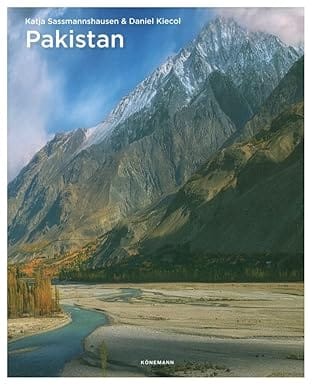WELCOME TO MIDLAND BOOK SHOP!
SHOP FOR
- Non-ficton
- Non-ficton
- Contemporary Fiction
- Contemporary Fiction
- Children
- Children
- Comics & Graphic Novels
- Comics & Graphic Novels
- Non-Fiction
- Non-Fiction
- Fiction
- Fiction
Shop No.20, Aurobindo Palace Market, Hauz Khas, Near Church +91 9818282497 | 011 26867121 110016 New Delhi IN
Midland The Book Shop ™
Shop No.20, Aurobindo Palace Market, Hauz Khas, Near Church +91 9818282497 | 011 26867121 New Delhi, IN
+919871604786 https://www.midlandbookshop.com/s/607fe93d7eafcac1f2c73ea4/677cda367903fd013d69b606/without-tag-line-480x480.png" [email protected]9789395853026 6863ca443cd0b69e50be7c6a The Hindi Heartland A Study https://www.midlandbookshop.com/s/607fe93d7eafcac1f2c73ea4/6863ca463cd0b69e50be7c7a/81-ewel0zl-_sy342_.jpg
Centuries of war, conquests, invasions, political movements, and religious unrest have made the heartland a place of immense paradox. Despite its extraordinary and timeless religious heritage—some of the country’s most revered spiritual leaders were born here and it is home to innumerable shrines and places of pilgrimage—it has also witnessed some of the worst communal riots in the country and has been troubled by long-running, divisive sectarian politics. Many of India’s founders, who gave the country its secular identity, hailed from the heartland, but so too did those who have spread religious discord. And the land of Ganga–Jamuni tehzeeb routinely witnesses lynching and murder in the name of religion.
The book is divided into five sections. Section I explores the geography of the region, which stretches from Rajasthan in the west to Jharkhand in the east with Madhya Pradesh, Chhattisgarh, Bihar, Uttarakhand, and Uttar Pradesh in between. The author then looks at caste, religion, the rural–urban divide, and the tribes who belong to the region. In the chapter on the economy, she attempts to show how the economic backwardness of the Hindi belt has come about through faulty and myopic post- Independence policies conceived by various governments—these have come in the way of sustained and inclusive development.
Section II looks at the medieval and modern history of the region and covers the emergence of the Delhi Sultanate, the Mughals, the Marathas, and the East India Company.
Section III examines British colonialism through the lens of empire building, and shows how the imperialists distorted history to facilitate their divide and rule policy. It also dwells on the deliberate economic impoverishment of the Hindi belt and how this continues to impact the region even after Independence.
Section IV analyses the freedom struggle—and covers among other things the emergence of the idea of India and the increasing Hinduization of that idea. It establishes the Hindi belt’s criticality to Gandhi’s satyagraha, and the success of the British Indian government’s experiments with strategies that divided communities, which eventually led to the partition of the country.
Section V appraises developments in the region after Independence. It outlines the government’s struggle to rehabilitate refugees coming in from the west and the adoption of a liberal Constitution for the citizens of the newly independent nation.
Given its disproportionate influence on the nation’s politics, culture, and identity, it is surprising that there has never been an authorit9789395853026
"The Hindi heartland, comprising Bihar, Chhattisgarh, Jharkhand, Madhya Pradesh, Rajasthan, Uttarakhand, and Uttar Pradesh, covers nearly 38 per cent of India’s total area and is home to over 40 per cent of India’s population. It provides the country with over 40 per cent of its parliamentarians and determines the contours of national politics (out of the fifteen prime ministers India has had since 1947, eight have been from the Hindi belt). Yet, despite its political significance, the Hindi belt is among the most impoverished regions in the country. It consumes the bulk of the country’s resources, but lags behind other states on various economic and welfare indices. It is plagued by violence, illiteracy, unemployment, corruption, poor life expectancy, and numerous other ills.
Centuries of war, conquests, invasions, political movements, and religious unrest have made the heartland a place of immense paradox. Despite its extraordinary and timeless religious heritage—some of the country’s most revered spiritual leaders were born here and it is home to innumerable shrines and places of pilgrimage—it has also witnessed some of the worst communal riots in the country and has been troubled by long-running, divisive sectarian politics. Many of India’s founders, who gave the country its secular identity, hailed from the heartland, but so too did those who have spread religious discord. And the land of Ganga–Jamuni tehzeeb routinely witnesses lynching and murder in the name of religion.
The book is divided into five sections. Section I explores the geography of the region, which stretches from Rajasthan in the west to Jharkhand in the east with Madhya Pradesh, Chhattisgarh, Bihar, Uttarakhand, and Uttar Pradesh in between. The author then looks at caste, religion, the rural–urban divide, and the tribes who belong to the region. In the chapter on the economy, she attempts to show how the economic backwardness of the Hindi belt has come about through faulty and myopic post- Independence policies conceived by various governments—these have come in the way of sustained and inclusive development.
Section II looks at the medieval and modern history of the region and covers the emergence of the Delhi Sultanate, the Mughals, the Marathas, and the East India Company.
Section III examines British colonialism through the lens of empire building, and shows how the imperialists distorted history to facilitate their divide and rule policy. It also dwells on the deliberate economic impoverishment of the Hindi belt and how this continues to impact the region even after Independence.
Section IV analyses the freedom struggle—and covers among other things the emergence of the idea of India and the increasing Hinduization of that idea. It establishes the Hindi belt’s criticality to Gandhi’s satyagraha, and the success of the British Indian government’s experiments with strategies that divided communities, which eventually led to the partition of the country.
Section V appraises developments in the region after Independence. It outlines the government’s struggle to rehabilitate refugees coming in from the west and the adoption of a liberal Constitution for the citizens of the newly independent nation.
Given its disproportionate influence on the nation’s politics, culture, and identity, it is surprising that there has never been an authorit
in stockINR 799
Ghazala Wahab
1 1
Email ID already exists!
Your Current password is incorrect
Password Updated Successfully
Thanks for your Feedback
The Hindi Heartland A Study
ISBN: 9789395853026
₹799
₹999 (20% OFF)SIZE GUIDE
Sold By: Hauz Khas - Aurobindo Market
Details
- ISBN: 9789395853026
- Author: Ghazala Wahab
- Publisher: Aleph Book Company
- Pages: 510
- Format: Hardback
Book Description
"The Hindi heartland, comprising Bihar, Chhattisgarh, Jharkhand, Madhya Pradesh, Rajasthan, Uttarakhand, and Uttar Pradesh, covers nearly 38 per cent of India’s total area and is home to over 40 per cent of India’s population. It provides the country with over 40 per cent of its parliamentarians and determines the contours of national politics (out of the fifteen prime ministers India has had since 1947, eight have been from the Hindi belt). Yet, despite its political significance, the Hindi belt is among the most impoverished regions in the country. It consumes the bulk of the country’s resources, but lags behind other states on various economic and welfare indices. It is plagued by violence, illiteracy, unemployment, corruption, poor life expectancy, and numerous other ills.
Centuries of war, conquests, invasions, political movements, and religious unrest have made the heartland a place of immense paradox. Despite its extraordinary and timeless religious heritage—some of the country’s most revered spiritual leaders were born here and it is home to innumerable shrines and places of pilgrimage—it has also witnessed some of the worst communal riots in the country and has been troubled by long-running, divisive sectarian politics. Many of India’s founders, who gave the country its secular identity, hailed from the heartland, but so too did those who have spread religious discord. And the land of Ganga–Jamuni tehzeeb routinely witnesses lynching and murder in the name of religion.
The book is divided into five sections. Section I explores the geography of the region, which stretches from Rajasthan in the west to Jharkhand in the east with Madhya Pradesh, Chhattisgarh, Bihar, Uttarakhand, and Uttar Pradesh in between. The author then looks at caste, religion, the rural–urban divide, and the tribes who belong to the region. In the chapter on the economy, she attempts to show how the economic backwardness of the Hindi belt has come about through faulty and myopic post- Independence policies conceived by various governments—these have come in the way of sustained and inclusive development.
Section II looks at the medieval and modern history of the region and covers the emergence of the Delhi Sultanate, the Mughals, the Marathas, and the East India Company.
Section III examines British colonialism through the lens of empire building, and shows how the imperialists distorted history to facilitate their divide and rule policy. It also dwells on the deliberate economic impoverishment of the Hindi belt and how this continues to impact the region even after Independence.
Section IV analyses the freedom struggle—and covers among other things the emergence of the idea of India and the increasing Hinduization of that idea. It establishes the Hindi belt’s criticality to Gandhi’s satyagraha, and the success of the British Indian government’s experiments with strategies that divided communities, which eventually led to the partition of the country.
Section V appraises developments in the region after Independence. It outlines the government’s struggle to rehabilitate refugees coming in from the west and the adoption of a liberal Constitution for the citizens of the newly independent nation.
Given its disproportionate influence on the nation’s politics, culture, and identity, it is surprising that there has never been an authorit
User reviews
NEWSLETTER
Subscribe to get Email Updates!
Thanks for subscribing.
Your response has been recorded.

India's Iconic & Independent Book Store offering a vast selection of books across a variety of genres Since 1978.
"We Believe In The Power of Books" Our mission is to make books accessible to everyone, and to cultivate a culture of reading and learning. We strive to provide a wide range of books, from classic literature, sci-fi and fantasy, to graphic novels, biographies and self-help books, so that everyone can find something to read.
Whether you’re looking for your next great read, a gift for someone special, or just browsing, Midland is here to make your book-buying experience easy and enjoyable.
We are shipping pan India and across the world.
For Bulk Order / Corporate Gifting
 +91 9818282497 |
+91 9818282497 |  [email protected]
[email protected]
Click To Know More
INFORMATION
QUICK LINKS
ADDRESS
Midland Book Shop - Hauz Khas
Shop No.20, Aurobindo Palace Market, Near Church, New Delhi
Shop No.20, Aurobindo Palace Market, Near Church, New Delhi

